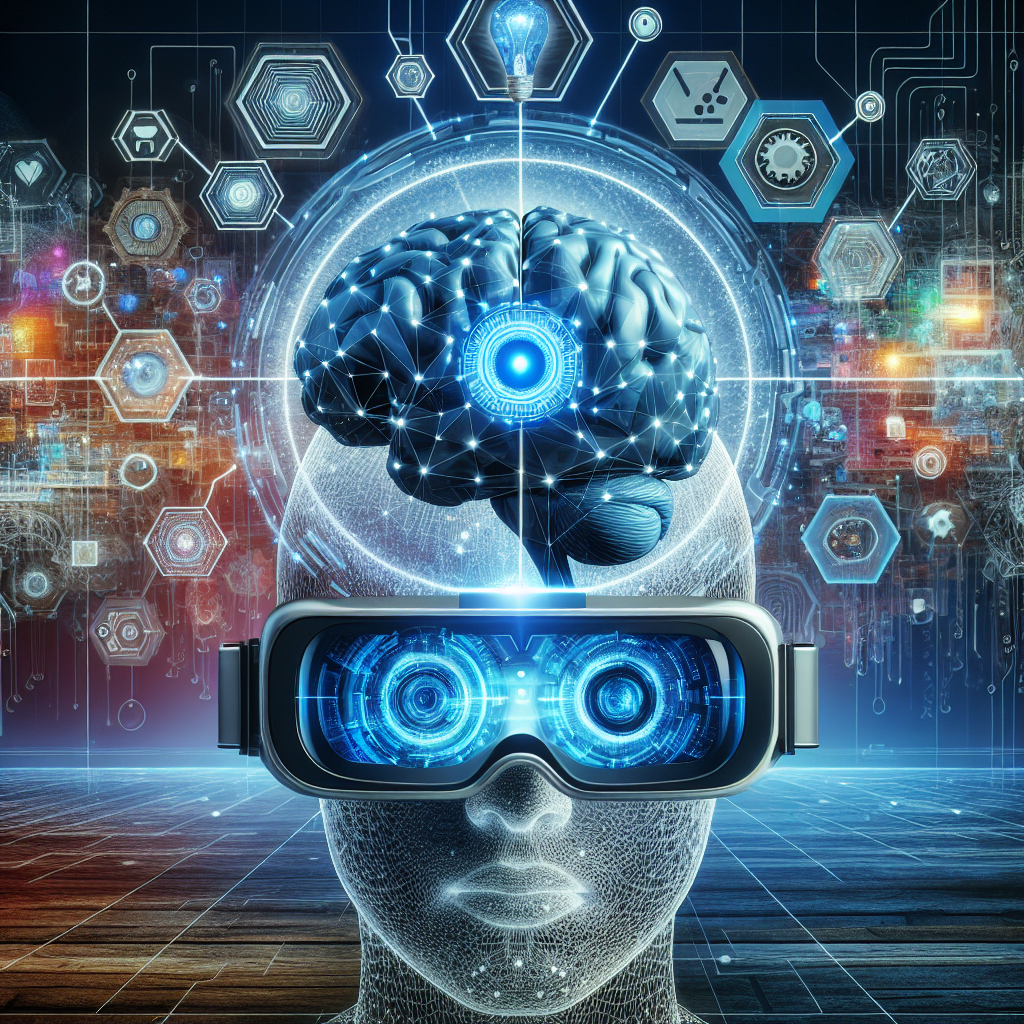In recent years, there has been a significant shift in the way marketing is being carried out. The integration of Artificial Intelligence (AI) and Virtual Reality (VR) or Augmented Reality (AR) technologies has revolutionized the marketing landscape, providing brands with new and innovative ways to engage with their customers. These technologies have the power to transform marketing experiences, offering personalized and immersive interactions that were previously unimaginable.
AI, VR, and AR are all cutting-edge technologies that are being used in various industries to enhance customer experiences, and marketing is no exception. AI refers to the simulation of human intelligence in machines that are programmed to think and learn like humans. It enables machines to perform tasks that typically require human intelligence, such as speech recognition, problem-solving, and decision-making. VR and AR, on the other hand, are immersive technologies that create computer-generated environments or overlays on the real world, allowing users to interact with digital content in a more engaging and realistic way.
When AI, VR, and AR are combined, they have the potential to revolutionize marketing strategies by providing brands with unique opportunities to connect with their customers on a more personal level. From personalized product recommendations to interactive shopping experiences, these technologies are changing the way marketers engage with their audience and drive sales. Let’s explore some of the ways in which AI and VR/AR are transforming marketing experiences:
1. Personalized Marketing: AI algorithms analyze customer data and preferences to deliver personalized marketing messages and product recommendations. By leveraging VR/AR technology, brands can create immersive experiences that allow customers to visualize products in real-time and make more informed purchasing decisions.
2. Interactive Advertising: VR/AR technology enables brands to create interactive advertisements that engage customers in a more meaningful way. For example, a furniture retailer can use AR to allow customers to virtually place furniture in their homes before making a purchase, enhancing the shopping experience and increasing conversion rates.
3. Virtual Shopping Experiences: AI-powered chatbots can assist customers in their shopping journey by answering questions, providing product recommendations, and offering personalized assistance. When combined with VR technology, brands can create virtual shopping experiences that mimic the real-world shopping experience, allowing customers to browse products, try them on virtually, and make purchases without leaving their homes.
4. Enhanced Customer Engagement: AI algorithms can analyze customer behavior and preferences to create targeted marketing campaigns that resonate with the target audience. VR/AR technology can be used to create immersive brand experiences that captivate customers and encourage them to interact with the brand on a deeper level.
5. Data-driven Insights: AI technology can analyze vast amounts of customer data to identify trends, patterns, and insights that can inform marketing strategies. By integrating VR/AR technology, brands can gather real-time data on customer interactions and engagement, allowing them to make data-driven decisions that drive business growth.
FAQs:
1. How are AI, VR, and AR transforming marketing experiences?
AI, VR, and AR technologies are transforming marketing experiences by providing brands with new and innovative ways to engage with their customers. These technologies enable personalized marketing, interactive advertising, virtual shopping experiences, enhanced customer engagement, and data-driven insights that help brands connect with their audience on a more personal level and drive sales.
2. What are some examples of AI and VR/AR in marketing?
Some examples of AI and VR/AR in marketing include personalized product recommendations, interactive advertisements, virtual shopping experiences, AI-powered chatbots, and immersive brand experiences. These technologies are being used by brands to create engaging and personalized marketing campaigns that resonate with their target audience and drive business growth.
3. How can brands leverage AI and VR/AR in their marketing strategies?
Brands can leverage AI and VR/AR in their marketing strategies by analyzing customer data, creating personalized marketing campaigns, developing interactive advertisements, offering virtual shopping experiences, and engaging customers with immersive brand experiences. By integrating these technologies into their marketing efforts, brands can connect with their audience on a deeper level and drive sales.
In conclusion, AI and VR/AR technologies are transforming marketing experiences by providing brands with new and innovative ways to engage with their customers. These technologies enable personalized marketing, interactive advertising, virtual shopping experiences, enhanced customer engagement, and data-driven insights that help brands connect with their audience on a more personal level and drive sales. By leveraging the power of AI and VR/AR, brands can create immersive and memorable experiences that resonate with their target audience and drive business growth in the digital age.

